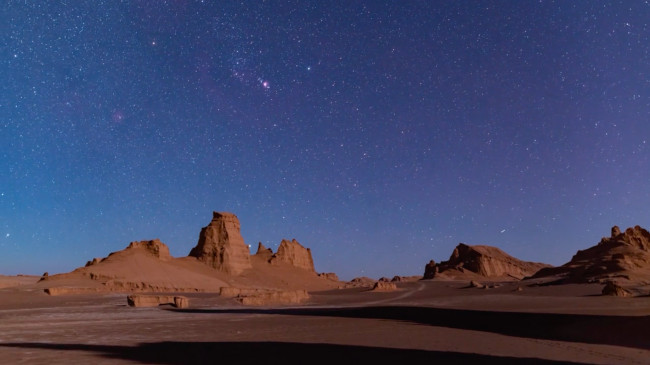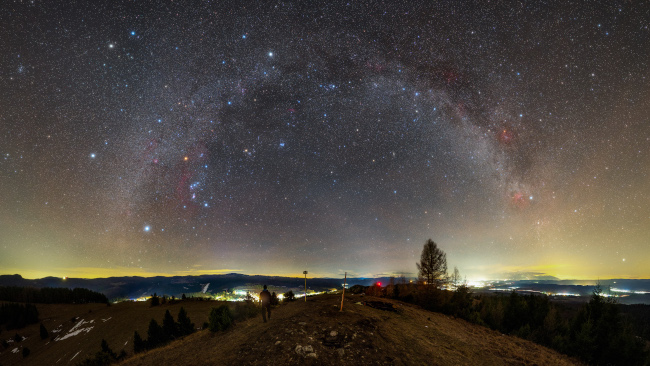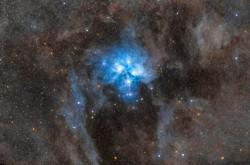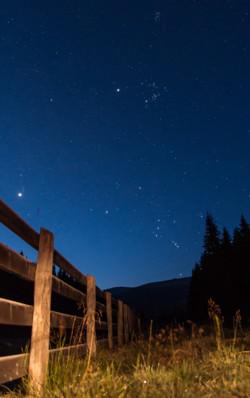Glossary term: 昴宿星团
Description: 昴宿星团是金牛座的一个星团。昴宿星团是一个由一千多颗恒星组成的疏散星团,距离地球约 440 光年。按照天文学标准,昴宿星团相对年轻,年龄估计在 7000-1.5 亿年之间。在大多数情况下,肉眼可以看到昴宿星团的六到九颗成员星。
作为一个著名的星团,昴宿星团在全球各地的文化中都有着丰富的神话和民间传说。它在晨空中的首次出现是一些社会历法中的重要标志,包括毛利新年的标志。其西方名称“七姐妹星团”来自与该星团有关的希腊传说。
Related Terms:
See this term in other languages
Term and definition status: The original definition of this term in English have been approved by a research astronomer and a teacher The translation of this term and its definition is still awaiting approval
The OAE Multilingual Glossary is a project of the IAU Office of Astronomy for Education (OAE) in collaboration with the IAU Office of Astronomy Outreach (OAO). The terms and definitions were chosen, written and reviewed by a collective effort from the OAE, the OAE Centers and Nodes, the OAE National Astronomy Education Coordinators (NAECs) and other volunteers. You can find a full list of credits here. All glossary terms and their definitions are released under a Creative Commons CC BY-4.0 license and should be credited to "IAU OAE".
If you notice a factual or translation error in this glossary term or definition then please get in touch.
Related Media
冬季星座
Credit: 阿米尔雷扎·卡姆卡尔/国际天文学联合会教育办公室
License: CC-BY-4.0 Creative Commons 署名 4.0 国际 (CC BY 4.0) icons
斯皮什地区的暖冬之夜
Credit: Robert Barsa/IAU OAE
License: CC-BY-4.0 Creative Commons 署名 4.0 国际 (CC BY 4.0) icons
月球-水星-昴星团相合
Credit: Giulio Colombo/ IAU OAE
License: CC-BY-4.0 Creative Commons 署名 4.0 国际 (CC BY 4.0) icons
M45昴星团与壮丽的尘埃
Credit: Mohamed Usama/IAU OAE
License: CC-BY-4.0 Creative Commons 署名 4.0 国际 (CC BY 4.0) icons
猎户座,摄于罗马尼亚
Credit: Alex Conu/IAU OAE
License: CC-BY-4.0 Creative Commons 署名 4.0 国际 (CC BY 4.0) icons
Related Diagrams
金牛座星图
Credit: 国际天文学联合会天文教育办公室(IAU OAE)根据国际天文学联合会和《天空与望远镜》的原文改编
License: CC-BY-4.0 Creative Commons 署名 4.0 国际 (CC BY 4.0) icons














